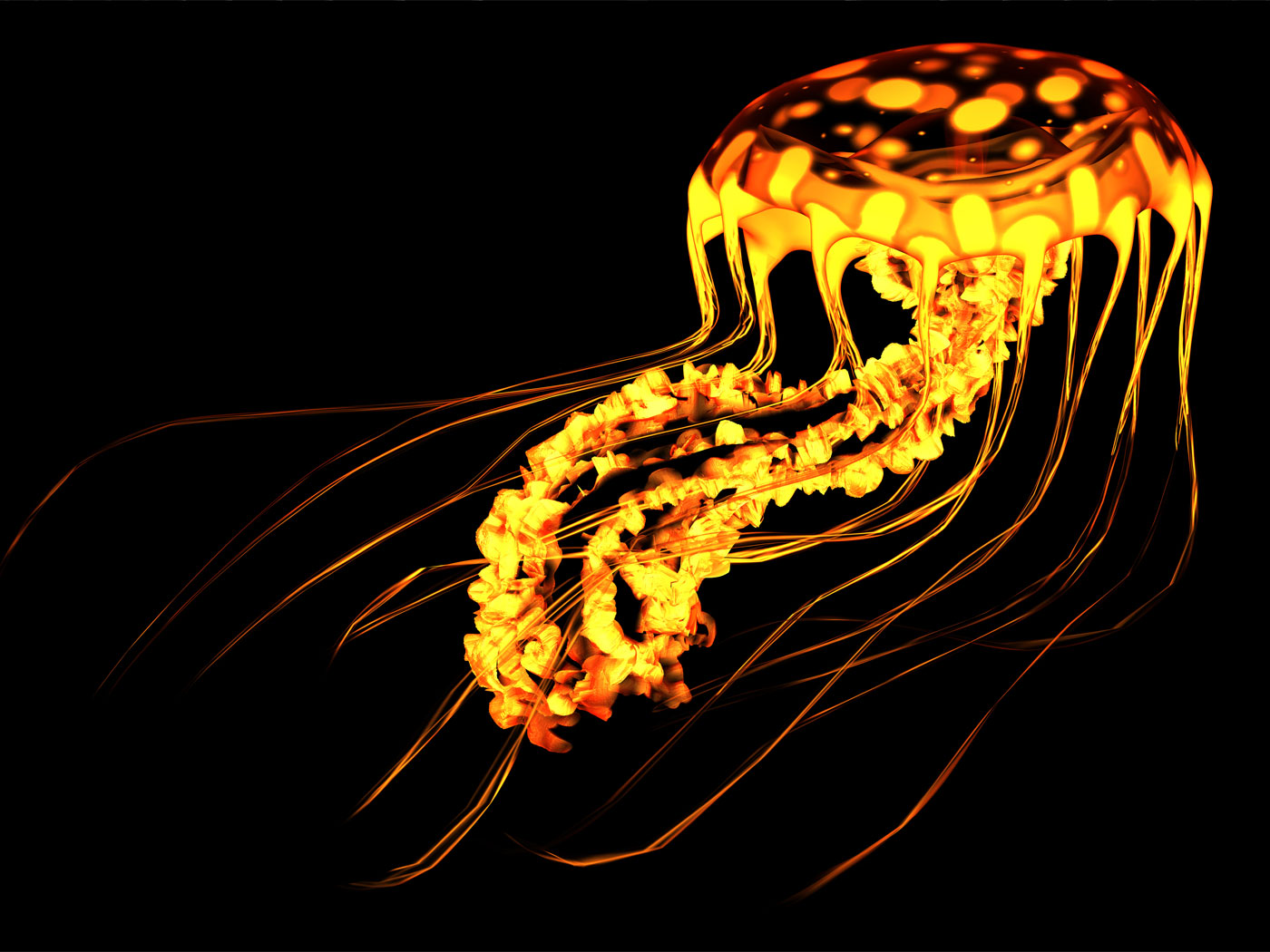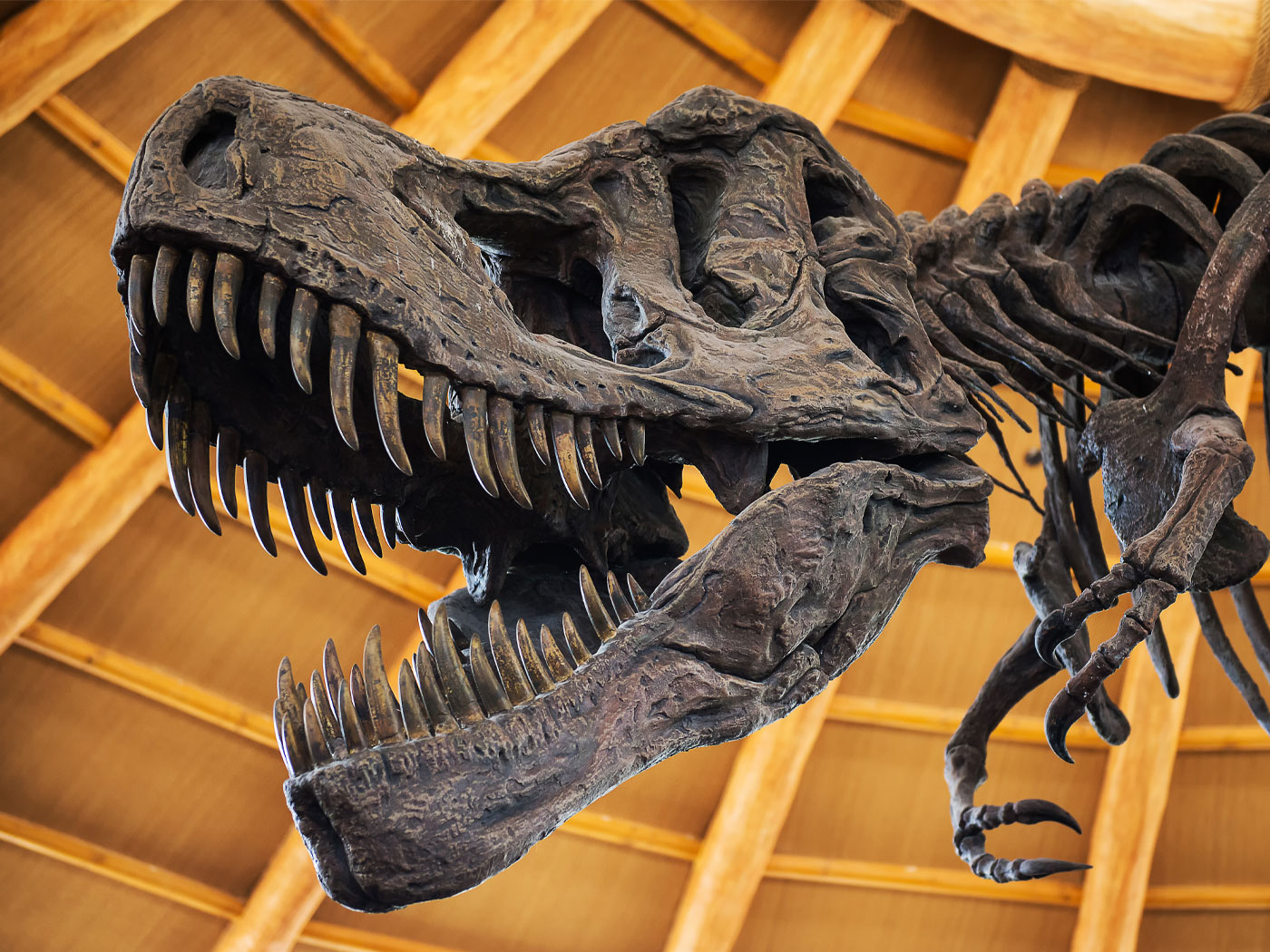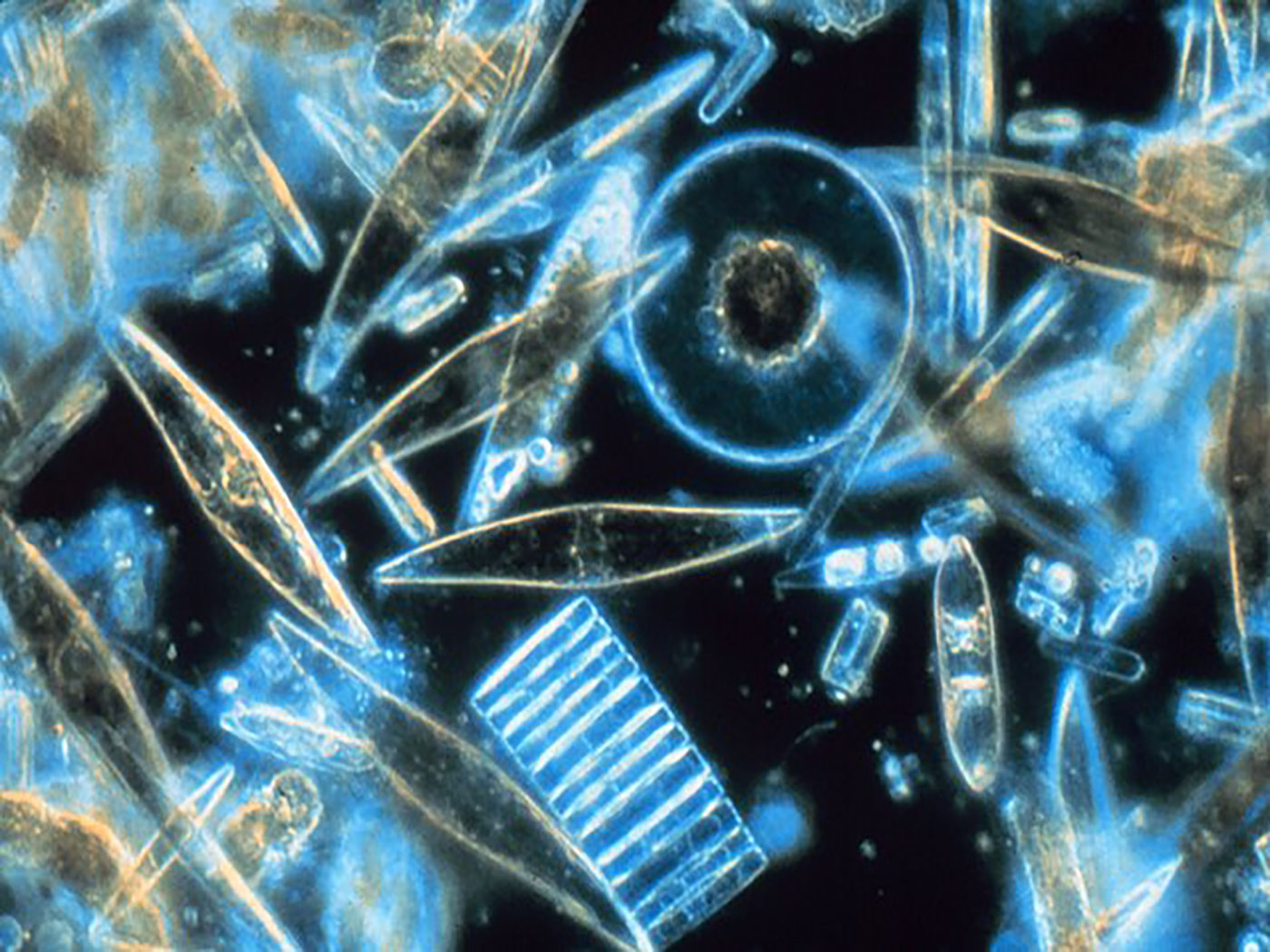For many years, researchers from Penn State; the Museo Paleontologico Egidio Feruglio in Chubut, Argentina; Universidad Nacional del Comahue INIBIOMA in Rio Negro, Argentina; and Cornell University have amassed a large collection of plant fossils from the Patagonia region of Argentina.2 Elena Stiles, a graduate student at Penn State, led a team that analyzed more than 3,500 leaf fossils. She found that up to 92% of plant species in Upper Cretaceous rocks disappeared at the K-Pg and did not re-appear in the overlying Paleogene sediments.2
Stiles was quoted as saying:
The 92% extinction estimate we get when we consider fossil leaf species across the K-Pg boundary should be taken as a maximum. We were surprised to find such high extinction levels compared with the 60% extinction rate seen in North America. Nonetheless, we observed a sharp drop in plant species diversity and a high species-level extinction.2
The science team also noted that although many individual species changed, the larger plant families showed little change across the boundary.2 In other words, there were many of the same types of plants found as fossils both above and below the K-Pg boundary. All that really changed was the more specialized species-level plants.
Furthermore, the scientists determined that the plants above and below the K-Pg were from completely different climates.1 The researchers estimated that the plant fossils in Paleogene strata originated from a much cooler climate, up to 5 degrees C cooler (about 9 degrees F), compared to the warmer weather plants found below the K-Pg in the Cretaceous.1 They concluded that the K-Pg marked a rapid episode of global cooling.1
However, there is another side to this story, and one that is more easily explained by the global Flood. Remember, uniformitarian scientists claim that the major shift in plant species in Patagonia is part of a global extinction known as the K-Pg event.1 But are these so-called extinctions real events? And did plants and animals really go extinct at these boundaries?
So-called extinctions actually represent the last occurrences of plants and animals in the rock record. They do not necessarily indicate an animal or plant went extinct at that horizon. After all, we find animals like the coelacanth and many other “living fossils” that disappear in the rock record, mimicking extinction, yet are still found alive today.3 It’s just that there are no coelacanth fossils in rocks above the K-Pg, making it appear that they went extinct.
What about the sudden change in plants species at the K-Pg and the apparent rapid shift in climate? Why did this occur?
Actually, it’s just what our Flood model predicted. ICR’s Column Project has shown that there were shallow seas covering parts of the pre-Flood continents in addition to lowland and upland regions.4 Dinosaurs and warm weather plants dominated the lowlands. Higher elevation ecosystems (indicating cooler climates) had large mammals and other types of plants dominating the uplands. Furthermore, ICR scientists have established that the K-Pg boundary is near the highest water level of the Flood and is not the end of the Flood, placing the Flood/post-Flood boundary higher in the Cenozoic at the N-Q (Neogene-Quaternary).5-9
This pre-Flood ecological zonation model explains the rapid shift in plant and animal types observed above and below the K-Pg. This model suggests that the earliest days of the Flood only covered the shallow seas along the edges of the continents, creating vast deposits of Paleozoic marine fossils.9 By about Day 40 of the Flood, the water began advancing across the pre-Flood lowland regions of the continents.9 In the process, it entombed and fossilized lower elevation plants along with the dinosaurs living in the same locations.4 This preserved a distinctive zone of warm, tropical plants and animals in the Triassic, Jurassic, and Cretaceous rocks. Then, as the water rose yet higher, near the end of the K-Pg, and possibly around Day 150 of the Flood, it covered the higher elevation uplands. This stripped the flora and fauna from these regions and deposited them as fossils directly on top of the Cretaceous layers as the Flood water began to recede.9
There was no rapid climate change at the K-Pg, just like there was no real extinction. The K-Pg merely marks a sudden shift in environment from a lowland flora and fauna to a cooler, upland flora and fauna as the water rose higher in the Flood year. The apparent sudden drop in temperature across the K-Pg is simply the shift from one environment and its associated ecosystems to the next.
The book of Genesis tells us exactly what God did when He judged the world with a global Flood. The evidence is still there to observe, carved in stone.9
Stage image: Leaf fossils.
Stage image credit: Elena Stiles. Copyright © 2020. Adapted for use in accordance with federal copyright (fair use doctrine) law. Usage by ICR does not imply endorsement of copyright holders.
References
1. Stiles, E.et al. 2020. Cretaceous–Paleogene plant extinction and recovery in Patagonia. Paleobiology, 46(4):445-469. doi:10.1017/pab.2020.45
2. Tutella, F. 2021. Leaf fossils show severe end-Cretaceous plant extinction in southern Argentina. Penn State News. Posted on January 4, 2021, accessed January 21, 2021.
3. Clarey, T., and J. Tomkins. 2013. Coelacanths: Evolutionists Still Fishing in Shallow Water. Creation Science Update. Posted on ICR.org on April 29, 2013, accessed January 21, 2021.
4. Clarey, T. 2018. Assembling the Pre-Flood World. Acts & Facts. 47 (4).
5. Clarey, T. 2020. Compelling Evidence for an Upper Cenozoic Flood Boundary. Acts & Facts. 49 (5).
6. Tomkins, J. P. and T. Clarey. 2019. Whale Fossils Confirm Post-Flood Boundary. Acts & Facts. 48 (12).
7. Tomkins, J. P. 2019. Monkey Fossil Reveals Diversity and Flood Boundary. Creation Science Update. Posted on ICR.org June 11, 2019, accessed January 21, 2021.
8. Tomkins, J.P., and T. Clarey. 2020. South American Plant Fossils Confirm Flood Boundary. Creation Science Update. Posted on ICR.org October 12, 2020, accessed on January 21, 2021.
9. Clarey, T. 2020. Carved in Stone: Geological Evidence of the Worldwide Flood. Institute for Creation Research: Dallas, TX.
*Dr. Clarey is Research Associate at the Institute for Creation Research and earned his doctorate in geology from Western Michigan University.













